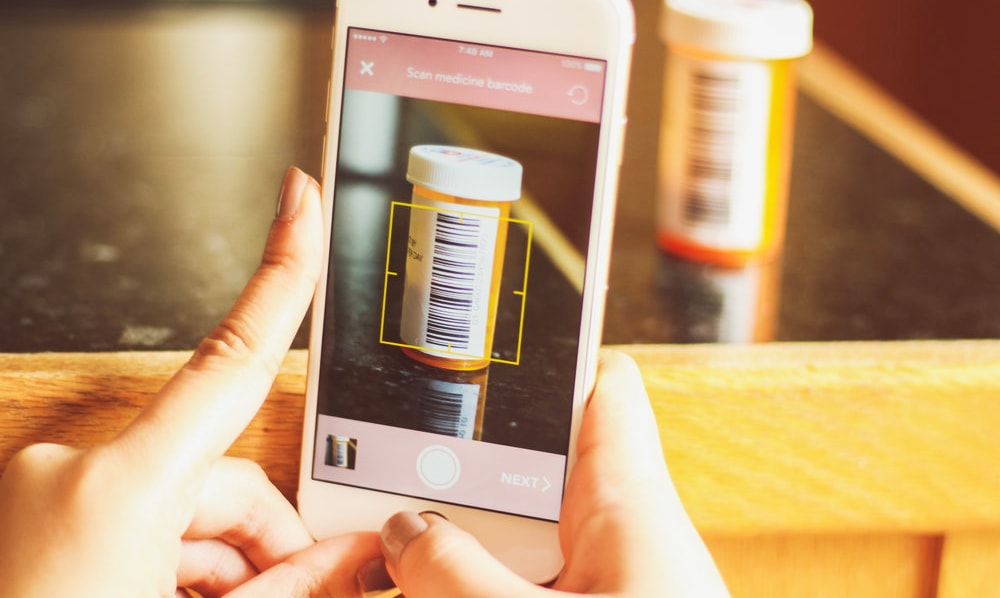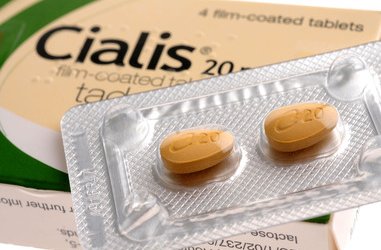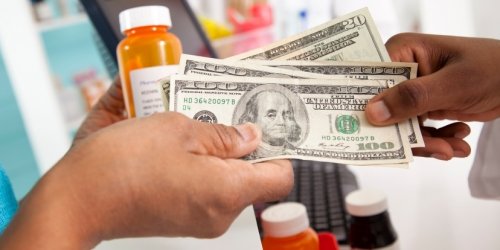The labeling of medicines is mandatory for all drugs at My Canadian Pharmacy. It is specified that the purpose of the project is to protect the population from falsified, inferior and counterfeit medicinal products. The project itself is designed to bring order to the procedure for recording supplies and distributing drugs, and to solve the problem of illegal drug trafficking forever.
How Does the Drug Labeling System Work?
Monitoring of the movement of medicines is necessary in order to check that it is the original products from the manufacturer that will reach the buyer. The drug can be tracked by scanning a two-dimensional matrix code on a package, for which special scanners have been installed in our pharmacy. Also, a buyer has the opportunity to read information about the drug, make sure it is authentic, through the smartphone application. That is, a person learns about the falsification of a drug at the stage of its acquisition.
Compared to a conventional barcode, a new two-dimensional label contains the following information:
- Country of production and company data.
- A specific series of the drug.
- A unique code for each individual bundle which is created by using a random number generator.

The project provides for a wide popularization in the media of opportunities for consumers to verify the legality of medicines at stock. 16,000 packs of medicines were labeled for the period. My Canadian Pharmacy experts provide comfortable conditions for business representatives to maximize their involvement in the process of affixing codes. The main purpose determines the effectiveness and viability of the proposed control model. At the second stage of the project, the labeling of medicines with the matrix code is to become mandatory.
Also, it is possible that some names will simply disappear from the market. For drug manufacturers, from the list of vital and essential medicines (VED), the increase in expenses caused by the application of the code for packaging may become a weighty argument to refuse further production. And some pharmaceutical manufacturers may simply not have time to establish and work out the process of labeling packages.
But not only ordinary buyers will feel the introduction of the labeling system through the increase in the price tag. Additional costs will be borne by manufacturers, distributors and pharmacies. One pharmacy scanner will cost a retail outlet at thousands of U.S. dollars; an industrial scanner for the manufacturer will cost millions of U.S. dollars. All this can lead to an increase in the price of medicines by an average of 3%.
Total registration of medicines will improve the quality of drugs provided by MCP. Unfortunately, there were recent cases of fraud at other online pharmacies, when drugs intended exclusively for hospitals were on sale there. At present, our technical support representatives are optimistic, as changes in the labeling of drugs sold in the pharmacy will ensure not only control over falsification. The main achievement of the program Track & Trace should be the transparency of the entire pharmaceutical market.
Manual scanners for reading new labeling of medicines
The selected scanners confidently read all linear, two-dimensional and composite bar codes, including codes of poor quality. In performance, photo scanners (imagers) are almost inferior and even superior to their laser counterparts, providing additional advantages at lower cost of ownership and greater reliability in the long term.




